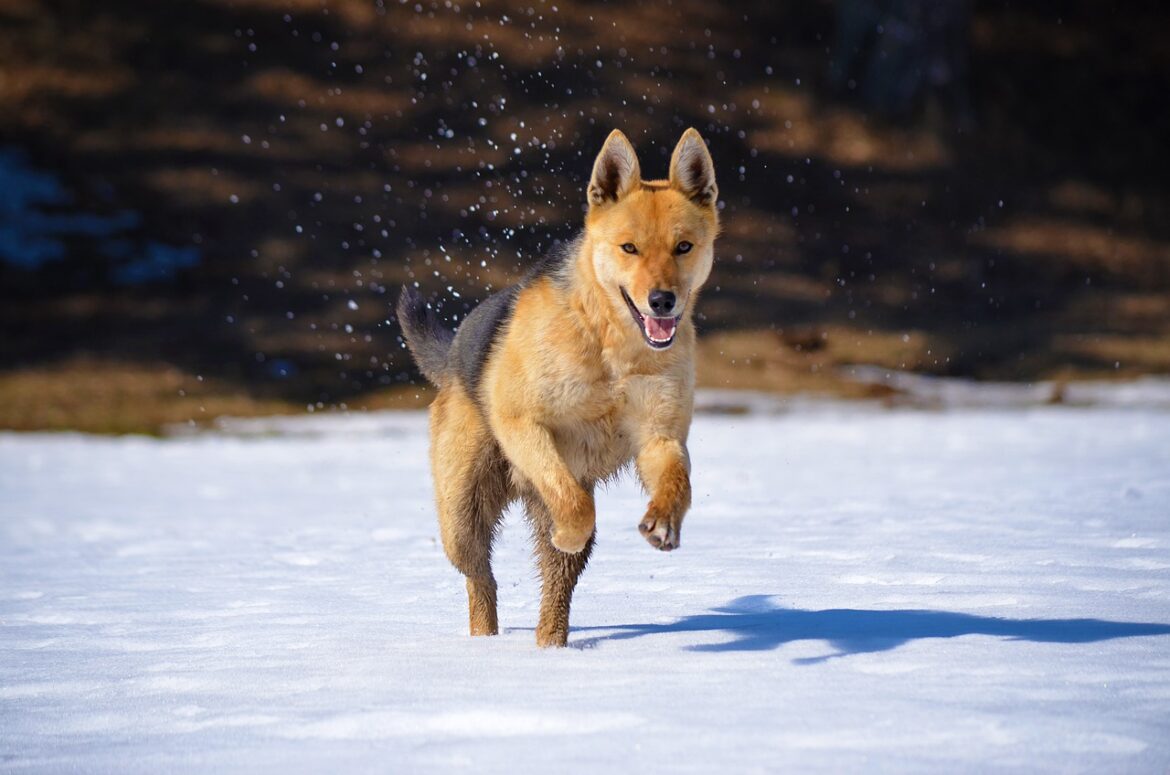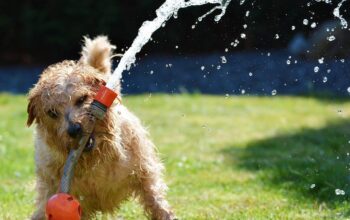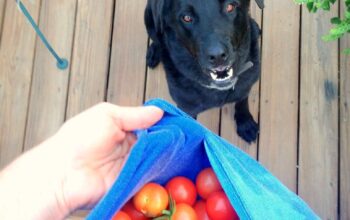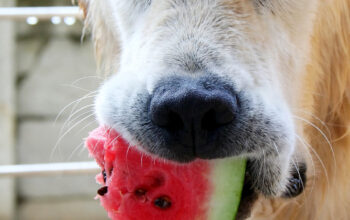A warm dog is a happy dog, which means that you are a happy owner who does not need to coax too much to get your dog outside to puke on.
We may have had a milder winter this year than before, but we still are months away from tank tops, flip flops and consistently warm temperatures. While you are working to layer your gloves and button your coat every so often, you may be wondering what your dog needs to stay warm and safe during these Chicagoland winters from you. While so much of your dog’s home protective measures vary based on factors ranging from breed to age to preference, there are a few things that you should consider during the winter season.
Beaching a little extra time
Winter winds and dry conditions can bring havoc to your skin and your dog’s health. Ideally, minimize your dog’s bathing routine so he doesn’t lose too much oil that can prevent dry or flaky skin. Plan your baths when your dog won’t be leaving you soon outdoors. Even good drying after a bath isn’t quite enough to be sure that your kooch won’t freeze during a quick potty break after bathing.
Keep an eye on your paws when you go for a walk or a romp in the yard. While hunting dogs and other furry dogs have warmed up, paws can get cold quickly. If your dog is sensitive to cold, short and sweet walks are short or invest in some dog boots. If you go to the dog route, be sure you give your dog plenty of time to practice with them before going outdoors with them.
Consider a coat
While we are on the subject of doggie winter fashion, coats can provide a much-needed layer of warmth. If your dog has a short coat, is older or doesn’t like the cold enough, consider a coat to provide some extra comfort. A warm dog is a happy dog which means you are a happy owner who does not need too much coaxing to get your dog outside to poo.
Have your break often
Even if you have a winter-loving dog, be sure to bring him for warm breaks in your pack. Don’t spend too much time on particularly cold days sniffing and exploring your yard. Instead, take him more often to make sure he is not too cold.
Most salt and other ice-building compounds that are on sidewalks across your neighborhood have the potential to irritate your dog’s skin. When you arrive from a walk, wash your dog’s feet with a dish sack. Be sure to clear all cracks between the paw pads to clear out any crystals that may have hiding and cause problems later on.
It is great to keep your dog’s paws healthy throughout the year, but especially in salty and cold conditions during this season.
Watch water input
The freezing of the hot water takes extra energy that your dog already uses for playing. Dogs (and humans) can just as easily dehydrate in the winter if they are in extreme summer temperatures, so be sure that your dog is fully hydrated at the water bowl.
It is especially important that you keep your dog on a leash during the winter months while you are walking. Snow can hide hidden dangers and he could suffer severe consequences without you nearby to keep your dog safe. Dogs are also more likely to be lost in winter or to turn out to be darting off. Remember if walking with a leash is not your dog’s forte, his manners in ineptitude can be polished up. It is worth it for his as well as yours – no one wants to fall into the ice by a pulling or tugging dog.
Know when to stay inside
While outdoor is an important part of the day of your dog, it is sometimes just a silly cold. Remember to give your dog a chance to burn energy through socialization, command brushing and practicing with our Day Training option. Our coaches love to see alumni come for a day or two during the week, and the dogs love being challenged in our warm room.
While the weather outside may be chilly, it is still your responsibility to keep your dog safe in the coldest conditions.



